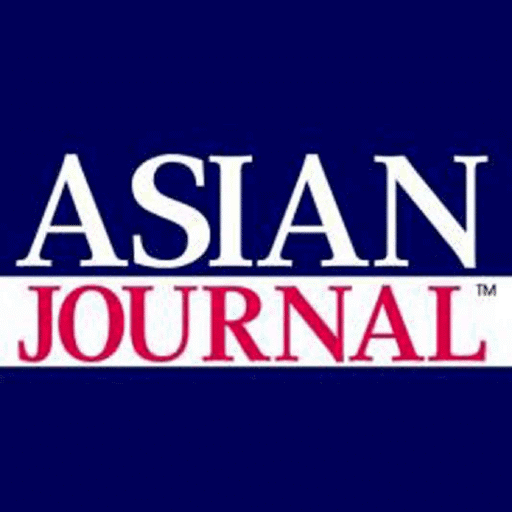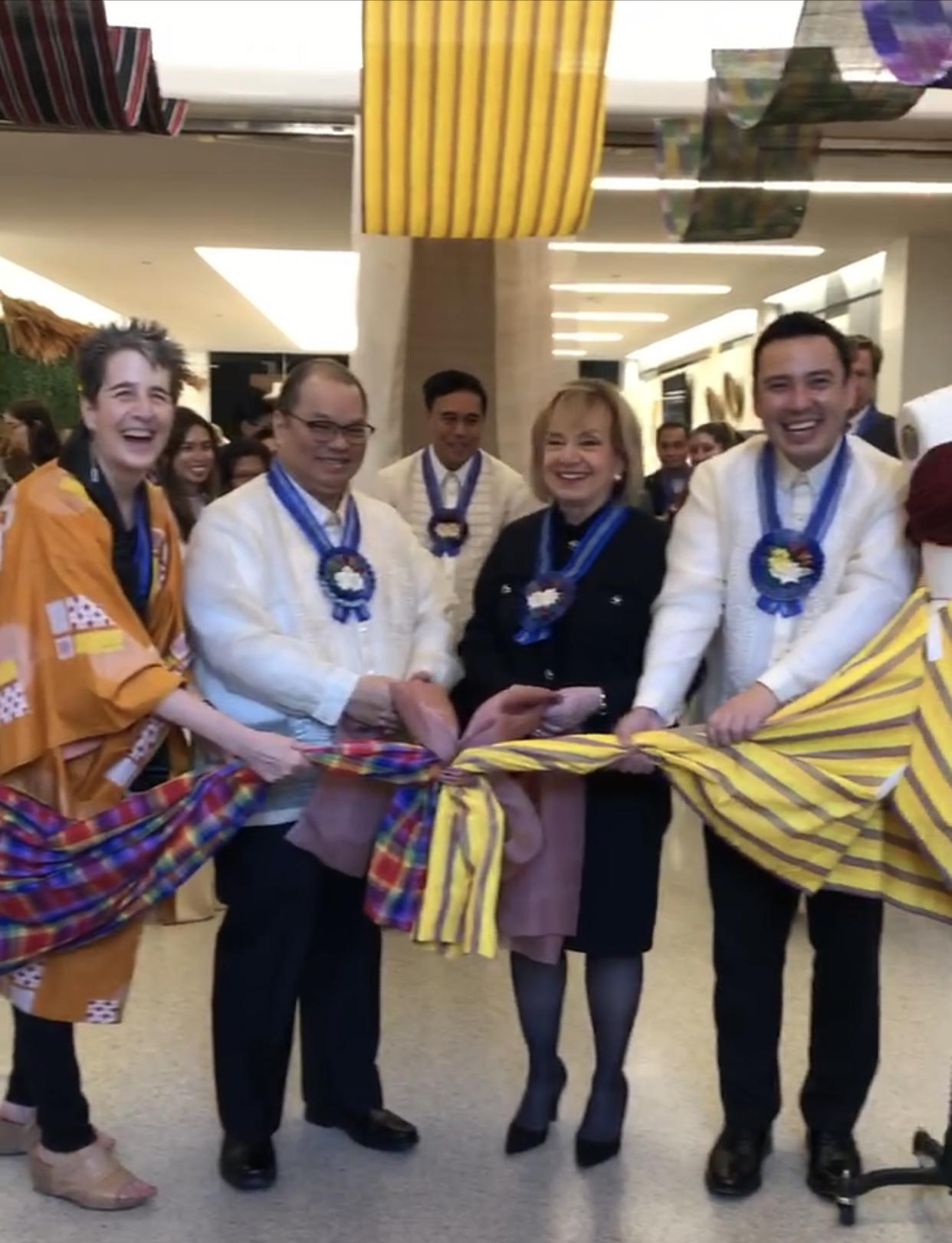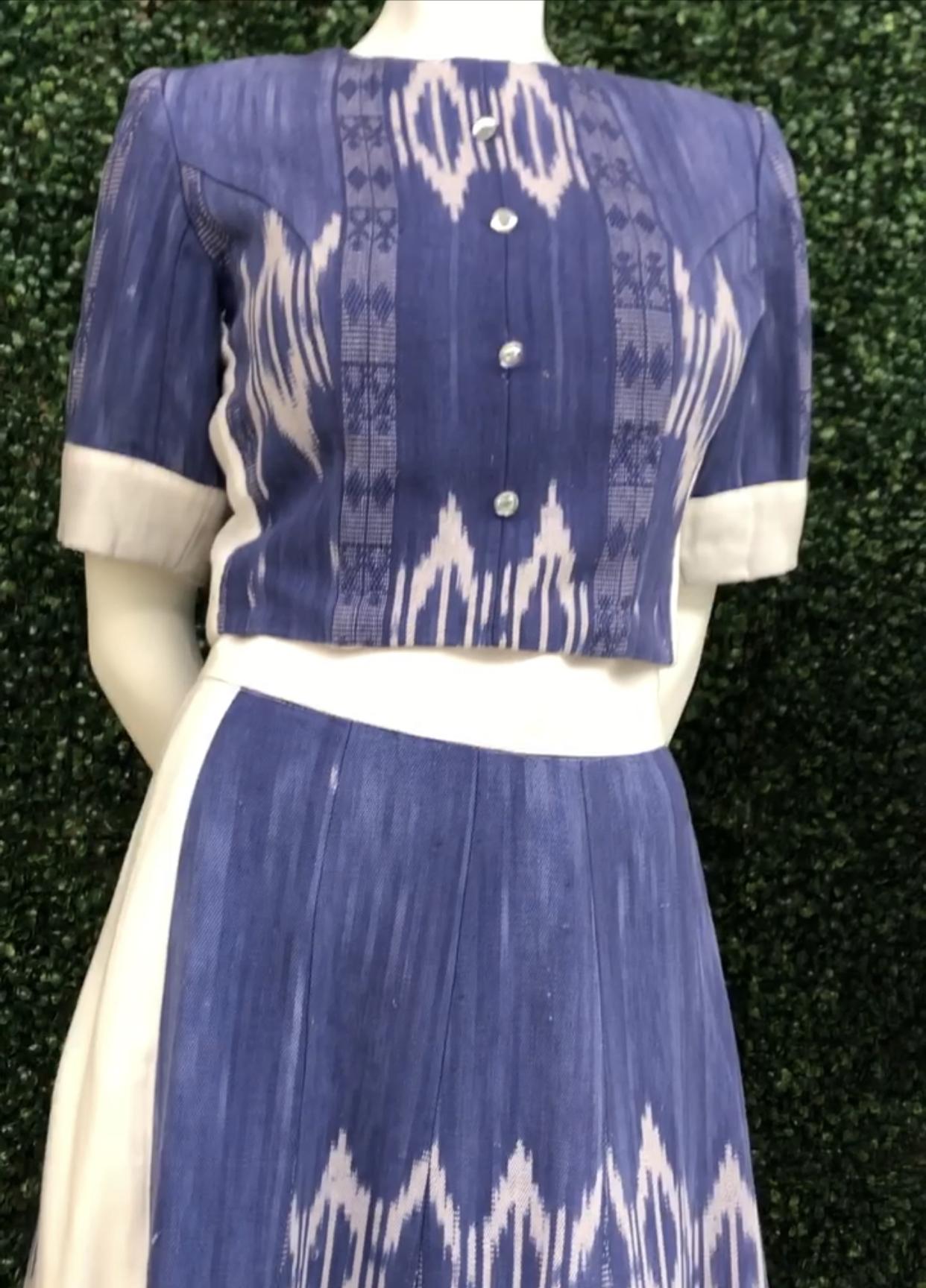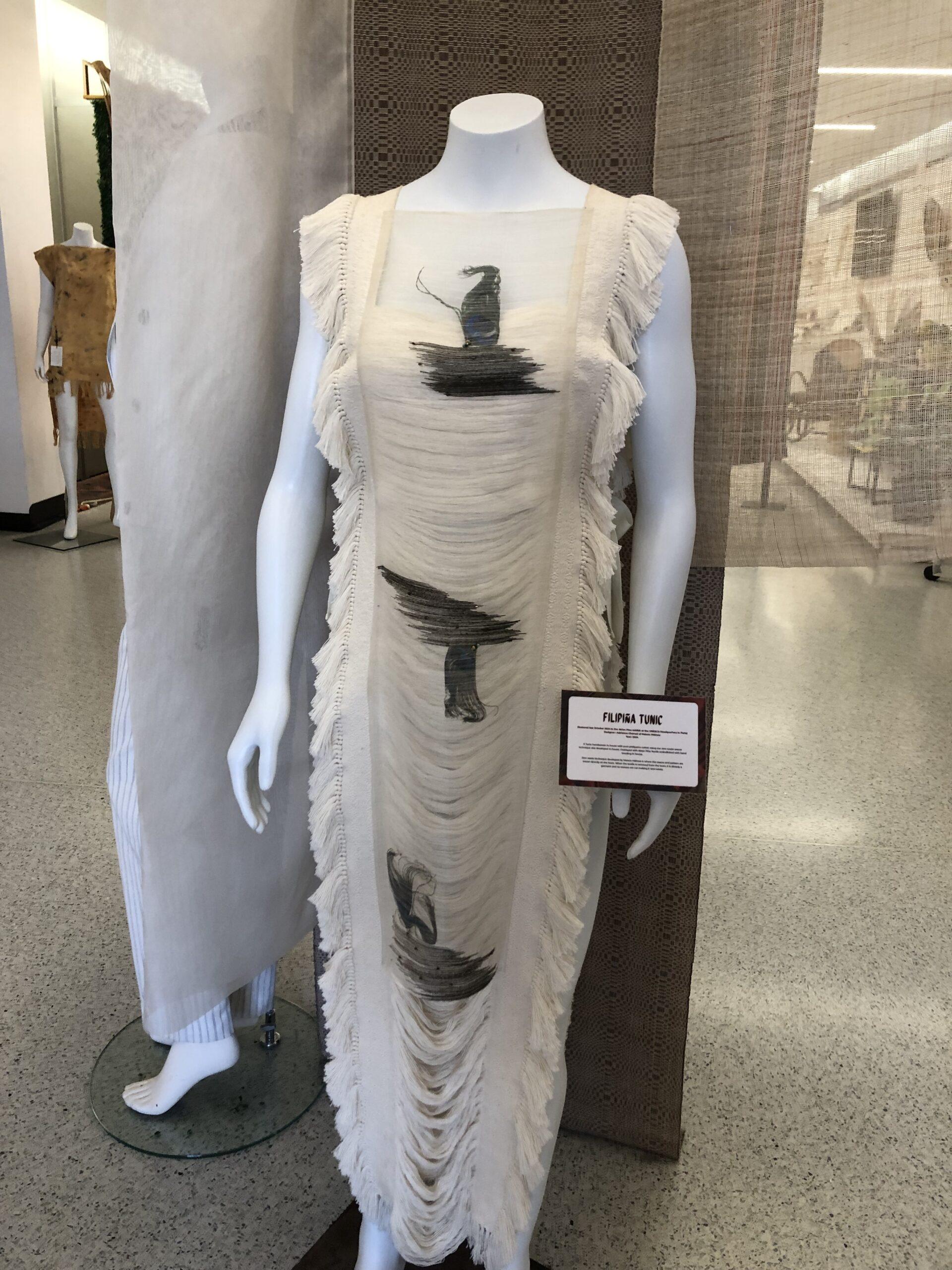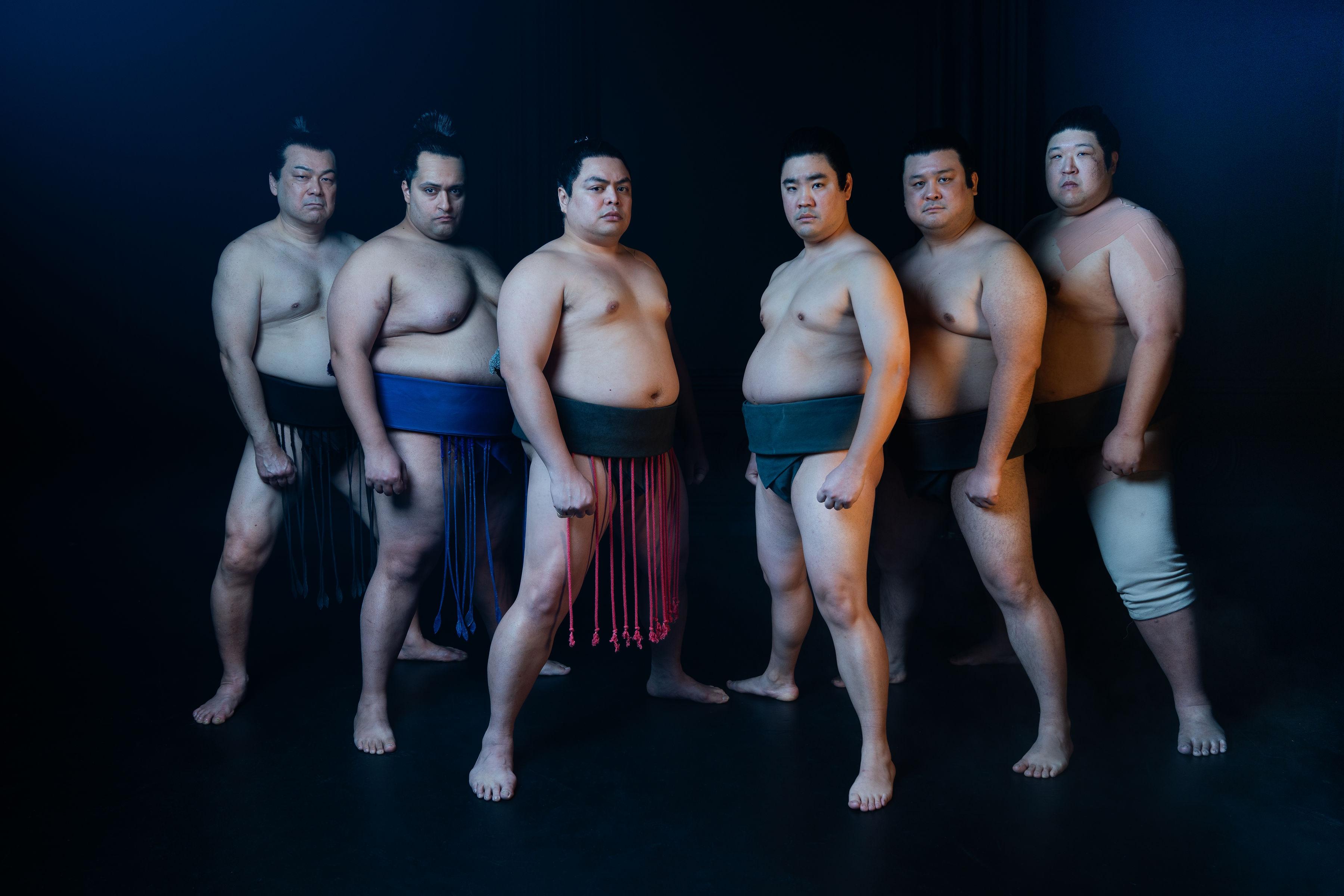Consul General Senen T. Mangalile led the ribbon untying ceremony using Filipino fabrics at the opening reception of the Habi: Discovering Possibilities for Philippine Fibers atThomas Jefferson University. He was joined by (from left) Prof. Marcia Weiss, interim dean of the School of Design and Engineering; Dr. Susan Aldridge, president of Thomas Jefferson University; and Benedict Uy, trade commissioner of the Philippines Trade and Investment Center – New York.
Thomas Jefferson University in Philadelphia welcomed visitors to the opening of Habi: Discovering Possibilities for Philippine Fibers, an exhibit celebrating the vibrant and sustainable textile heritage of the Philippines. Running until November 26, the exhibit invites attendees to explore a diverse array of traditional Filipino fibers such as piña (pineapple), abaca, bamboo, and banana, transformed by local weaving communities into intricate, handcrafted items including fashion accessories, home decor, and industrial products.
This collaboration with Thomas Jefferson University is a pioneering effort to bring Filipino craftsmanship to a global audience, reflecting a blend of tradition, sustainability, and innovation.
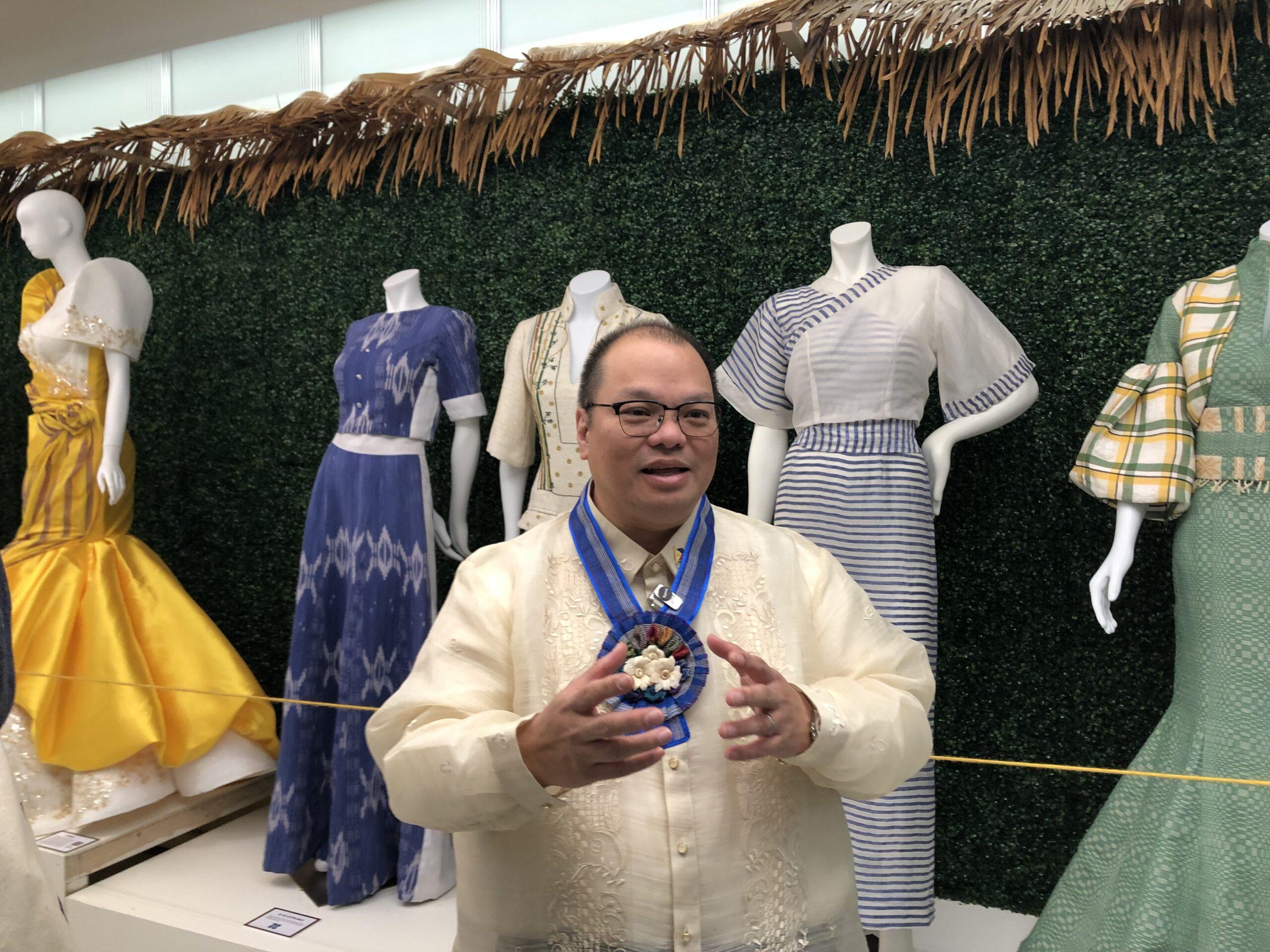
Consul General Mangalile said that the exhibit focuses on Filipino fibers like pina, abaca, bamboo and banana from their raw form to final products and creations spanning fashion, accessories, home decor, and industrial applications.
“This campus started as the first textile university in the United States, and we have alumni around the world who have worked in family textile industries,” Dr. Susan Aldridge, President of Thomas Jefferson University said, setting the stage for the event’s celebration of global textile traditions. “The textile industry is changing and evolving, and this exhibit aligns perfectly with our commitment to international perspectives and sustainability in design.”
Professor Marcia Weiss, Interim Dean of the School of Design and Engineering and Professor of Textile Design, hosted the program, explaining that with this collaboration, the university envisions exchange programs and research opportunities for both faculty and students in areas such as sustainable fashion, new product development, and industrial textile applications. “We’re looking forward to many opportunities to collaborate on research projects and explore ways for our students to work with communities in the Philippines,” Dr. Aldridge shared.
Consul General Senen Mangalile emphasized the cultural and historical significance of Filipino weaving traditions in his remarks, describing the exhibit as a celebration of the artistry embedded in each fiber. “Imagine a single thread, simple and unassuming, yet carrying within it the knowledge, stories, and artistry of generations,” he said. “This exhibit is not just about textiles; it’s about the essence of Filipino culture and its potential to inspire artists and designers across borders.”
He highlighted the unique qualities of fibers like abaca, piña, and bamboo, which have long played a role in Filipino culture and economy. “This is an invitation for us all to recognize the power of each individual thread in forming a cohesive whole, and to see the stories interwoven in every fiber.”
One of the exhibit’s distinctive features is its presentation of fibers and textiles at various stages, from raw materials to finished products. The display highlights traditional weaving techniques and showcases the work of indigenous artisans, many of whom belong to women-led micro and small-to-medium enterprises. These artisans preserve Filipino weaving traditions while supporting their families and sustaining their communities’ cultural identities. The exhibit highlights the Philippines’ rich biodiversity and unique position as a source of raw materials with applications in fashion and industrial textiles.
Dr. Julius Leano from the Philippine Textile Research Institute (PTRI), an agency of the Department of Science and Technology (DOST) spoke on the scientific and sustainable potential of Filipino fibers. He noted that textiles have applications far beyond fashion, which is traditionally only a small sector of the textile industry. “Textiles go into everything from face masks to carpets,” he explained. “Our mission is to channel the Philippines’ resources into the textile supply chain, providing a value proposition through niche and diverse offerings rather than competing in mass production.”
Dr. Leano emphasized the need for innovation in the textile industry to help Filipino artisans and small businesses thrive on a global scale, aside from highlighting sustainability as well.
Through collaborations with the PTRI and the Department of Trade and Industry, Filipino artisans and researchers are exploring ways to “cottonize” natural fibers to make them more versatile and marketable in daily life. Trade Commissioner Benedict Uy highlighted the importance of these collaborations, and said, “At the end of the day, our mission is to develop industries back home by creating partnerships in our areas of jurisdiction, like this one with Jefferson. We hope this showcase of what we have will lead to more collaborations and opportunities for both our students and artisans.”
The exhibit also featured a fireside chat with experts who discussed the balance of cultural preservation and commercial viability in promoting Filipino textiles.
Adrienne Charuel, founder of Maison Métisse, a brand that features handwoven textiles, explained how her work with single mothers through PTRI training programs provides these women with a sustainable livelihood while preserving their traditional skills.
“We focus on hand artistry, like embroidery and natural dyeing, using local botanicals, flowers, and leaves,” she said. “Our creations reflect a dialogue between past and present, transforming textiles into a bridge across generations.”
Charuel’s collection features silk wrap blouses, caftans, coconut-dyed dresses, and handwoven tunics, with a few of her pieces showcased in the exhibit.
The exhibit was made possible by the support of various partners, including the National Commission for Culture and the Arts, the Philippine Consulate General in New York, and the office of Philippine Senator Loren Legarda, who has long championed the promotion of Filipino culture abroad. Their backing enabled the display of Filipino textiles at an international platform, fostering cultural pride and promoting sustainable industry practices.
As visitors explore Habi, they’re invited not only to appreciate the beauty of Filipino weaving traditions but also to consider the environmental and social impact of these fibers. Through this groundbreaking partnership with Thomas Jefferson University, the exhibit opens new doors for the global recognition of Filipino artistry and the sustainable potential of its natural resources. The team hopes to replicate this exhibit across other U.S. cities and around the world, aiming to weave a global appreciation for Filipino textiles and to support the artisans who keep these traditions alive.
